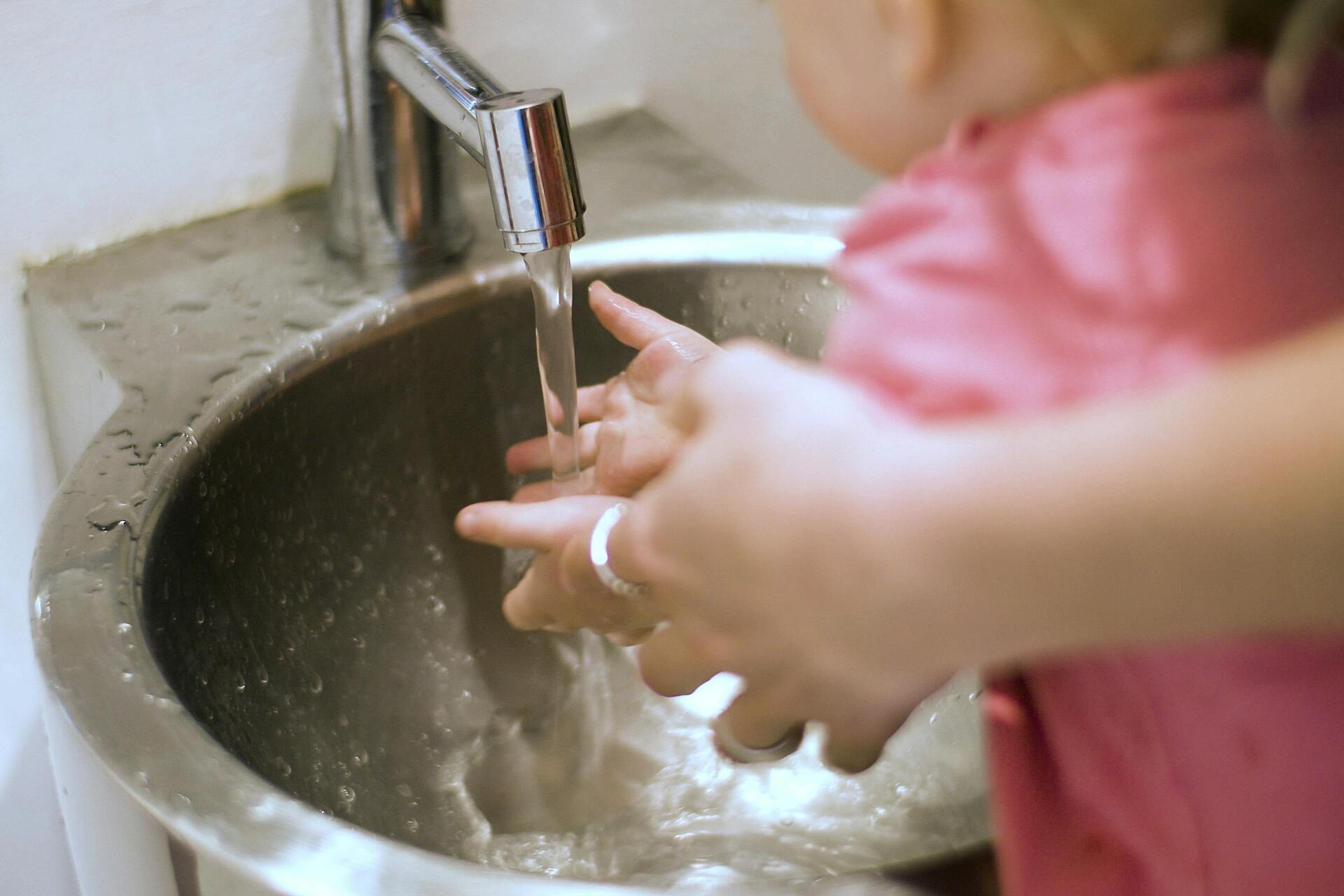Families across the Netherlands are set to face higher household bills in 2026 as water authority taxes increase, with the rise expected to reach up to €32 depending on the region and the local water board. This increase forms part of a nationwide trend of rising costs for essential services, driven by a combination of infrastructure investments, climate adaptation, and fiscal policy changes.
What Is Changing in 2026?
Water authority taxes and drinking water charges paid by households and businesses are set by local and regional entities, known as "waterschappen." For 2026, households are expected to pay up to €32 more per year, though the precise amounts will vary by location. These taxes fund crucial water management functions, such as maintaining dykes, cleaning water supplies, preventing floods, and adapting to climate change.
In addition to residential rates, industrial and commercial water consumers will see significant changes. The tap water tax ceiling—previously applying only to the first 300m³ per year—will be dramatically increased to 50,000m³ in 2026 and fully abolished in 2027. From then, all water usage will be taxed, affecting large consumers most.
Why Are Water Bills Going Up?
There are multiple causes behind the rise:
Infrastructure Investments: Water authorities are investing in replacing aging pipelines, building new water treatment facilities, and expanding water sources to meet higher demand and stricter purity standards.
Climate Change: Both droughts and extreme rainfall are becoming more common, requiring robust management of water resources to prevent shortages and ecological problems.
Rising Costs: Inflation, higher energy prices, increased operating costs, and the need for technical upgrades have all contributed to water boards raising rates.
Environmental Taxes: New fiscal measures are aimed at encouraging conservation, reducing unnecessary water use, and supporting greener infrastructure.

Photo Credits: Kampus Production/Pexels
Impact on Households
For most households, the change translates to several tens of euros more out of pocket per year for water services. For example, regions like Utrecht and Amsterdam expect resident water system charges and water treatment charges to go up by about €33 to €47 per year for typical households and families of four. These increases are part of broader annual adjustments to water authority taxes made by the nation’s 21 water boards, who balance rising expenses with affordability for residents.
Water bills will rise differently across the country, with regional boards setting their rates based on local infrastructure needs and their own financial situations. Urban residents, especially those in Amsterdam or Utrecht, may see higher increases than rural areas due to larger, more complex systems and greater water demands.
Long-Term Outlook
The Dutch government and water authorities stress that these increases are necessary to ensure the long-term sustainability and safety of the national water system. Investments today are intended to avoid bigger problems, such as water shortages, pollution, and flooding, in the coming decades. Many boards are also improving their facilities to cope with stricter environmental regulations and future-proofing their regions against the impacts of climate change.


